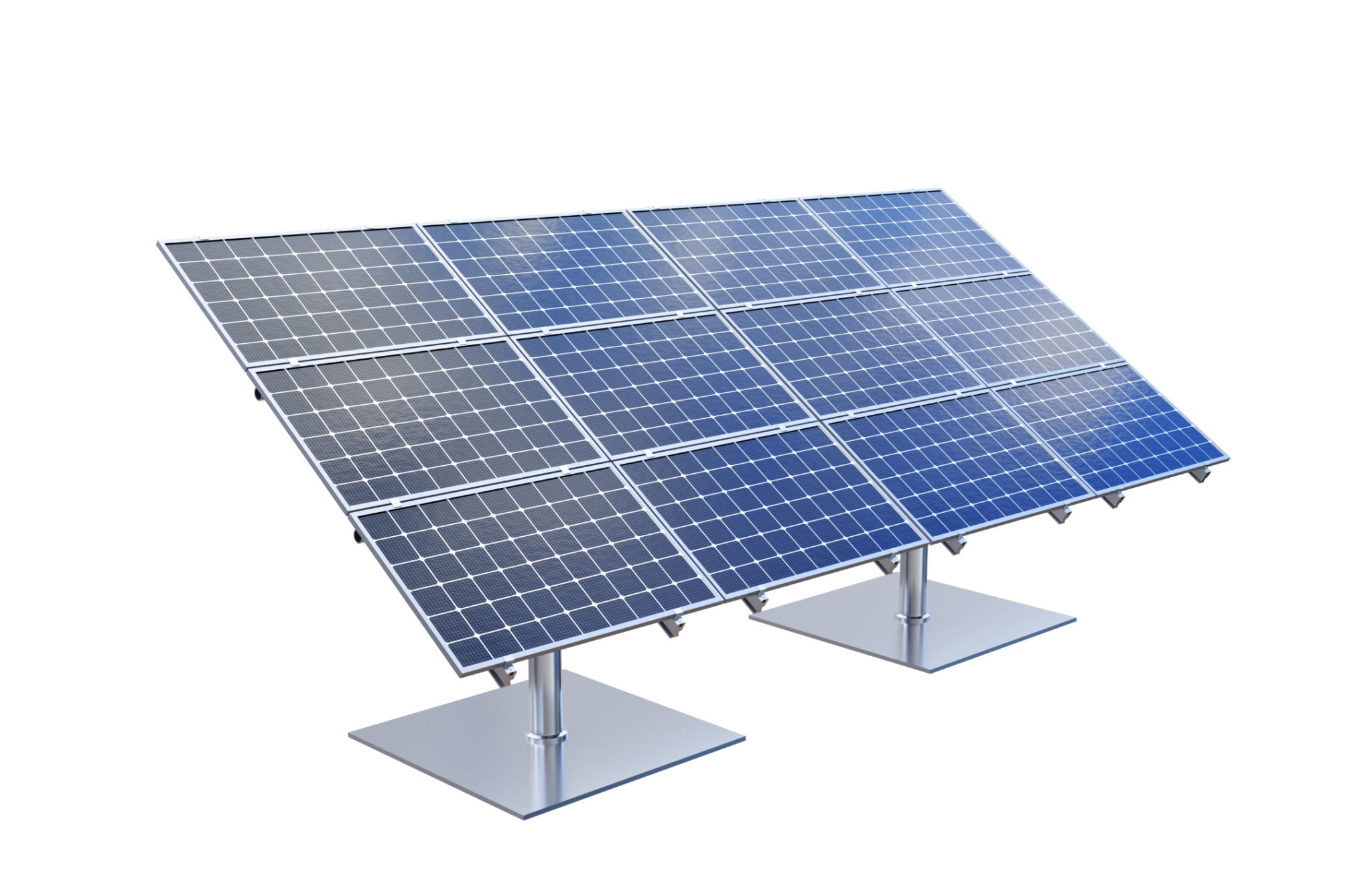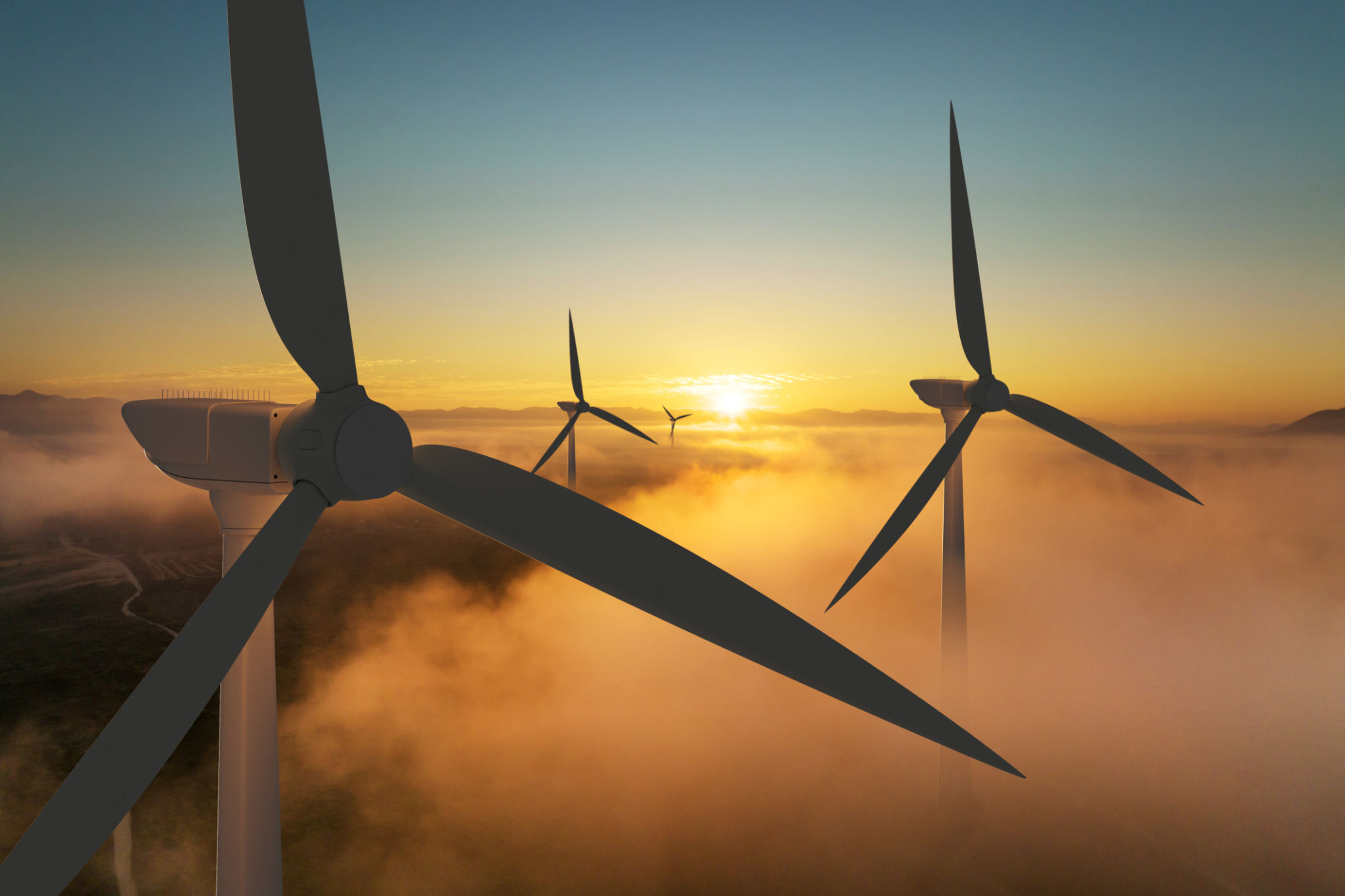Understanding the Latest Trends in Renewable Energy Technology
Introduction to Renewable Energy Trends
As the world increasingly shifts towards sustainable solutions, the renewable energy sector is experiencing rapid advancements. These innovations are not only helping in reducing carbon footprints but also paving the way for a future that's less reliant on fossil fuels. Staying updated with the latest trends in renewable energy technology is crucial for both individuals and businesses looking to adapt to a more sustainable lifestyle.

Advancements in Solar Technology
Solar energy continues to lead the charge in renewable technologies. Recent breakthroughs have significantly improved the efficiency and affordability of solar panels. Innovations such as bifacial solar panels, which capture sunlight from both sides, are maximizing energy output. Additionally, flexible solar panels are making it easier to integrate solar technology into various surfaces, including buildings and vehicles.
Moreover, the integration of AI in solar power systems is optimizing energy storage and consumption. AI algorithms are being used to predict weather patterns and adjust the positioning of solar panels accordingly, ensuring maximum energy capture.

Wind Energy Innovations
Wind power is another crucial component of the renewable energy mix. Recent trends indicate a shift towards offshore wind farms, which harness the stronger and more consistent winds found at sea. This transition is supported by advancements in turbine technology, making them larger and more efficient.
Floating wind farms are also gaining traction, allowing for installations in deeper waters where traditional fixed-foundation turbines are not feasible. This innovation expands the potential locations for wind power generation, tapping into previously inaccessible areas.

The Rise of Energy Storage Solutions
One of the biggest challenges in renewable energy has been energy storage. However, new technologies are emerging to address this issue. Advanced battery systems, such as lithium-sulfur and solid-state batteries, promise higher storage capacities and longer lifespans compared to traditional lithium-ion batteries.
Another exciting development is the use of gravity-based storage systems. These systems store energy by lifting heavy weights during surplus production and releasing the stored energy by lowering them when needed. Such innovations are crucial for ensuring a reliable energy supply even when renewable sources are not actively generating power.

Smart Grid Integration
The integration of renewable energy into national grids is being transformed by smart grid technologies. These systems allow for real-time monitoring and management of electricity flows, enhancing grid stability and efficiency. Smart grids are essential for managing the variable nature of renewable energy sources like solar and wind.
Through smart grid technology, consumers can also become active participants in energy management by using smart meters and appliances that optimize their energy usage based on real-time data.
Conclusion: The Future of Renewable Energy
The renewable energy sector is poised for significant growth as these technological advancements continue to evolve. By embracing these trends, societies can move closer to achieving global sustainability goals, reducing reliance on fossil fuels, and mitigating climate change impacts.
As individuals and businesses, staying informed about these trends not only offers opportunities for innovation but also helps in making conscious decisions towards a greener future. The journey towards a fully sustainable energy landscape is well underway, driven by these groundbreaking technologies.